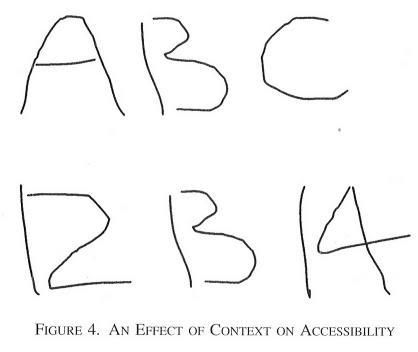| Why smart people make stupid mistakes (ctd) |
[May. 30th, 2008|09:49 am] |
Because the overall capacity for mental effort is limited, effortful processes tend to disrupt each other, whereas effortless processes neither cause nor suffer much interference when combined with other tasks. For example, a driver's ability to conduct a conversation is a sensitive indicator of the amount of attention currently demanded by the driving task. Dual tasks have been used in hundreds of psychological experiments to measure the attentional demands of different mental activities (for a review, see Harold E. Pashler, 1998). Studies using the dual-task method suggest that the self-monitoring function belongs with the effortful operations of System 2. People who are occupied by a demanding mental activity (e.g., attempting to hold in mind several digits) are much more likely to respond to another task by blurting out whatever comes to mind (Gilbert, 1989).

Frederick (2003, personal communication) has used simple puzzles to study cognitive self-monitoring, as in the following example: "A bat and a ball cost $1.10 in total. The bat costs $1 more than the ball. How much does the ball cost?" Almost everyone reports an initial tendency to answer "10 cents" because the sum $1.10 separates naturally into $1 and 10 cents, and 10 cents is about the right magnitude. Frederick found that many intelligent people yield to this immediate impulse: 50 percent (47/93) of a group of Princeton students and 56 percent (164/293) of students at the University of Michigan gave the wrong answer. Clearly, these respondents offered their response without first checking it. The surprisingly high rate of errors in this easy problem illustrates how lightly the output of effortless associative thinking is monitored: people are not accustomed to thinking hard, and are often content to trust a plausible judgment that quickly comes to mind. Maps of Bounded Rationality: Psychology for Behavioral Economics[dagger] Daniel Kahneman. The American Economic Review. Nashville: Dec 2003. Vol. 93, Iss. 5; pg. 1449 |
|
|